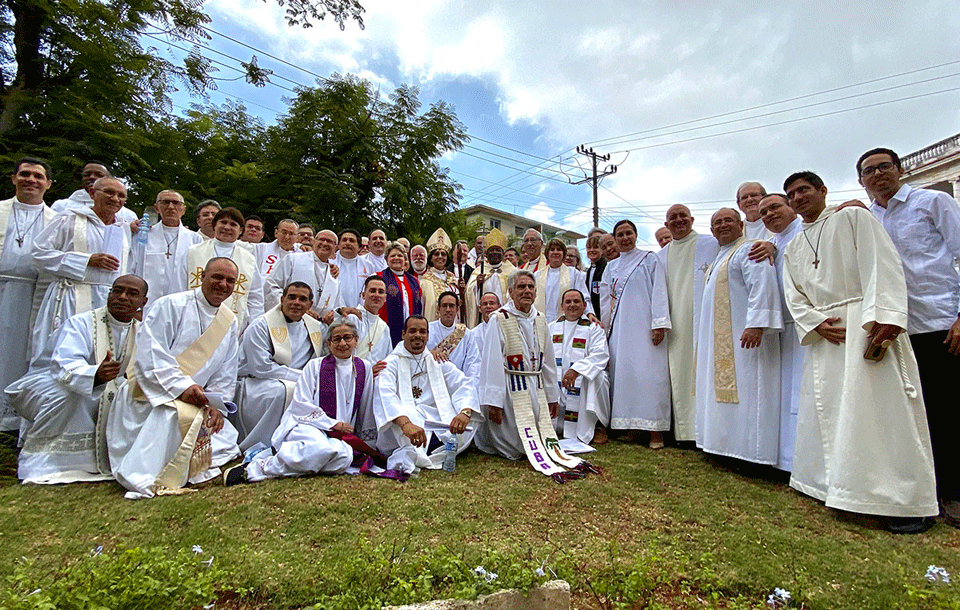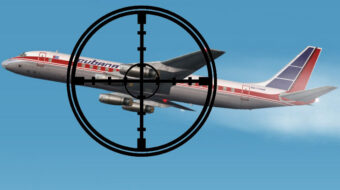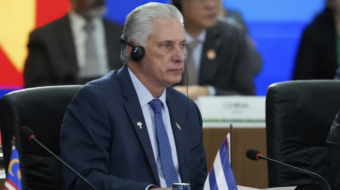
In the past month, the Episcopal Churches of the United States and Cuba have seen something beyond extraordinary. The Cuban Episcopal Church has reunited with the Episcopal Church in the United States after the long separation due to the blockade placed against Cuba. The Episcopal Church of Cuba officially returned to the fold by becoming the now Cuban Diocese of the Episcopal Church. With reunification and admittance of Cuba into the fold, does this mean we are starting to see changes in the nearly 60-year-old blockade?
The new Diocese of Cuba had originally split away from the rest of the Episcopal Church when the Helms-Burton Act was enacted in 1996 to reinforce the already-existing blockade against Cuba. Communication and travel between them were just no longer possible following the tightening of Cold War-era restrictions against Cuba and its Communist-led government. The two churches have only recently reconnected.
Part of this development is due to the ever-increasing relaxation of restrictions and laws placed against religious groups in Cuba, which started in the 1990s. New churches are now being built for the first time in decades, and Good Friday and Christmas are once again viewed as national holidays by the government. More recently, for the first time in decades, the United States and Cuba started to open diplomatic relations again in 2015 under the Obama administration. Only then did it seem more possible for the two churches to reunite.

But with the election of a new president in 2016, the hope for the blockade to end seemed to fade. In 2018, President Trump and his administration reinforced the blockade and the Helms-Burton Act because of their continued stance against socialist nations, altogether ending the progress that had been previously made by the Obama administration.
That didn’t stop most religious groups, however, especially the Episcopal Church in this case. Instead, the major American denomination continued their work and discussions with Cuba, voting in favor of accepting them back into the church at the General Convention in 2018 and now officially reunifying in 2020.
With this major reunification, we continue to witness Cold War-era prejudices crumble in one of the most unlikely areas—religion. It’s important to note that other religious groups have been on the frontline of this fight as well, ever since the changes in stance toward religion by the Cuban government in the 1990s. Those groups include the Catholic Church, which has slowly returned and re-established new parishes in the nation. Some of this is due to former President Raúl Castro’s open communication and visit with Pope Francis in 2015, where he even mentioned the possibility of going back to Catholicism himself since he was once a Jesuit schoolboy.

Other groups like the Methodists have seen an increase in membership and those attending worship services: With only 400 members in the 1990s, their membership now ranks in the thousands. Evangelical groups as well have made their way into the spotlight, drawing Cuban people with their more lively and animated style of worship which is in contrast to the traditional styles of Catholicism and Anglicanism.
But specifically, in this case, we are seeing the Episcopal Church take part in the spotlight with other religious groups. The Presiding Bishop Michael Curry was even quoted saying, “On behalf of the entire Episcopal Church, we love Cuba.” He and others have worked tirelessly to reunite with the Diocese of Cuba, which has roughly 10,000 members in 46 different congregations. Curry said, “God is the vine and we human beings are the branches, and we will make a better world when we live in God and with each other.”
With this reunification of a major denomination, we are sure to see more changes come as communication is enhanced between the two countries. This was at least partially pushed along by the numerous religious organizations and denominations in Cuba.
No amount of pressure by the Trump administration—or any administration for that matter—will re-seal the already visible faults in the blockade or stop the power of the people who are wanting to create change.










